Appetizers
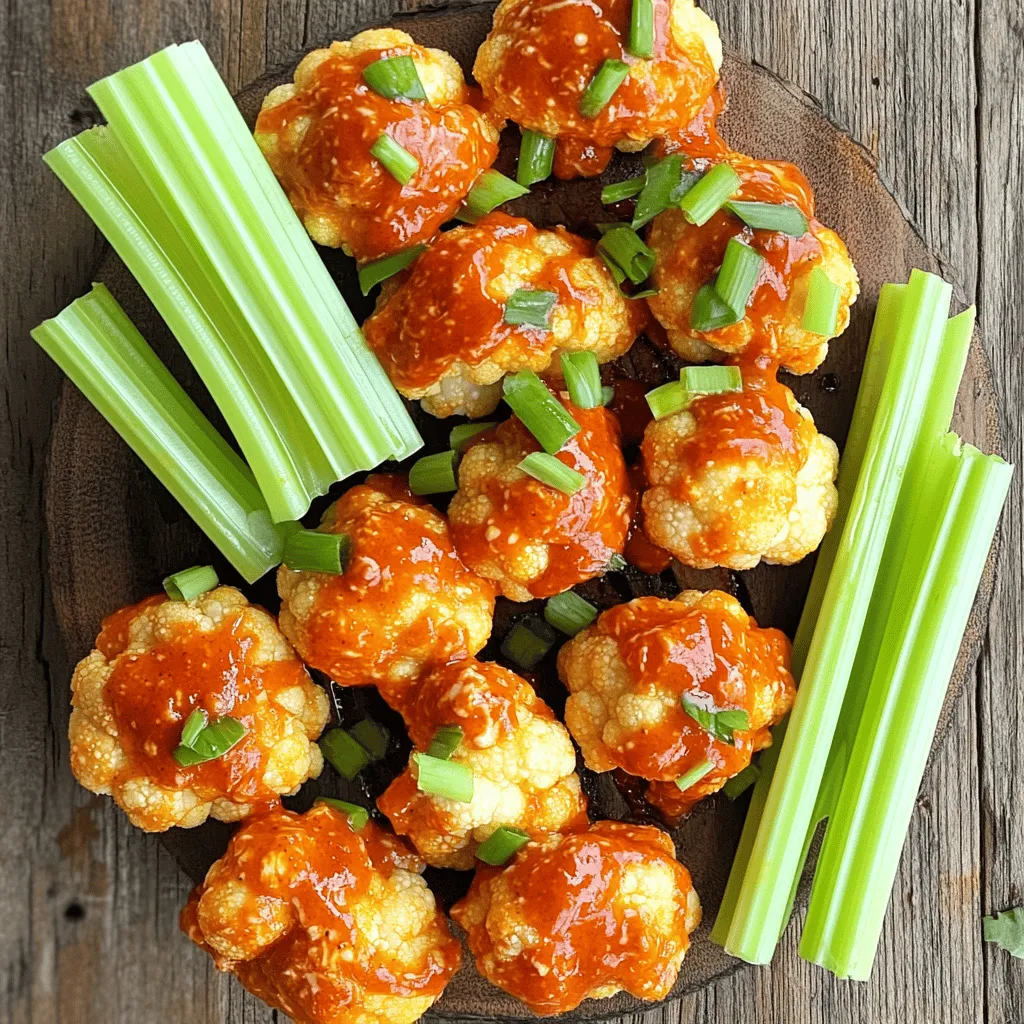
Air Fryer Buffalo Cauliflower Bites Crispy Delight
Are you ready to spice up your snack game? My Air Fryer Buffalo Cauliflower Bites are crispy, tasty, and oh-so-simple to make. With just a
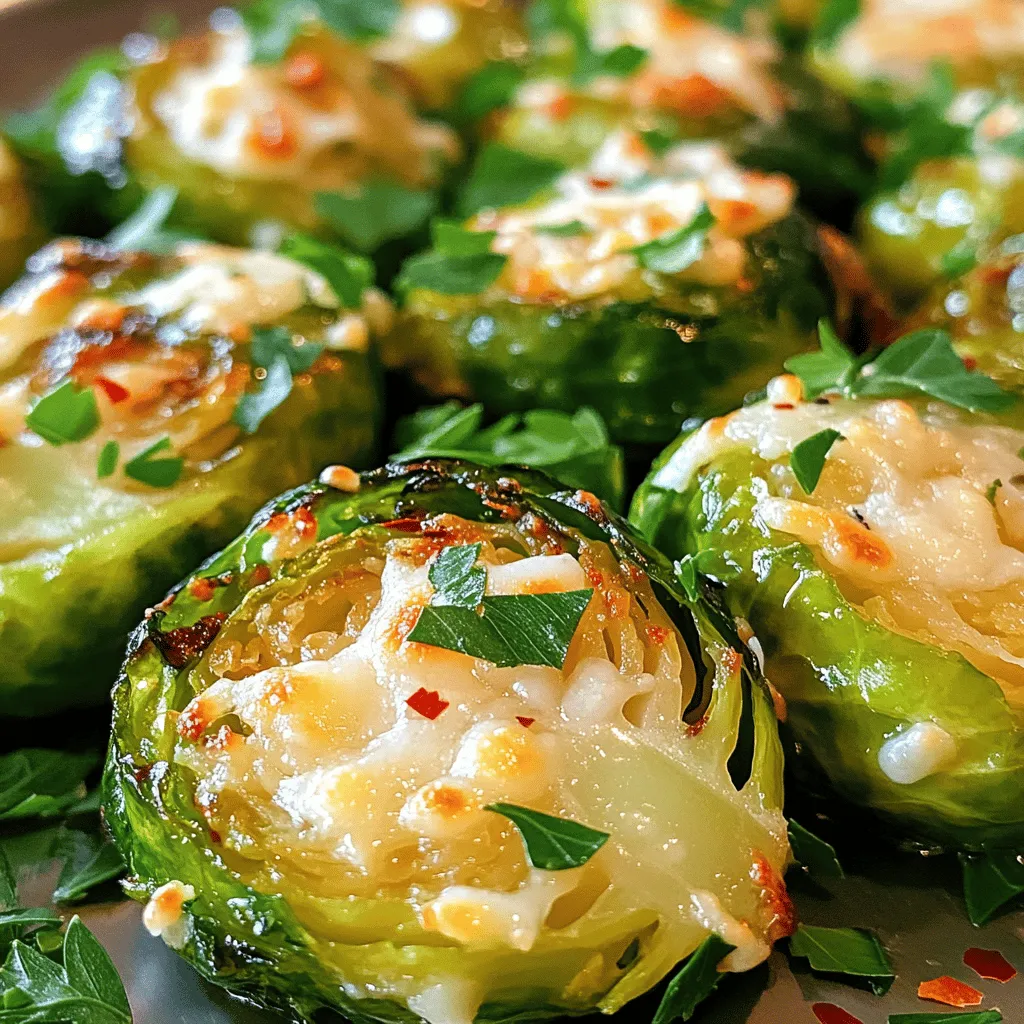
Garlic Parmesan Roasted Brussels Sprouts Delight
If you are looking for a tasty side dish, try Garlic Parmesan Roasted Brussels Sprouts! This recipe is simple and quick, perfect for busy weeknights.
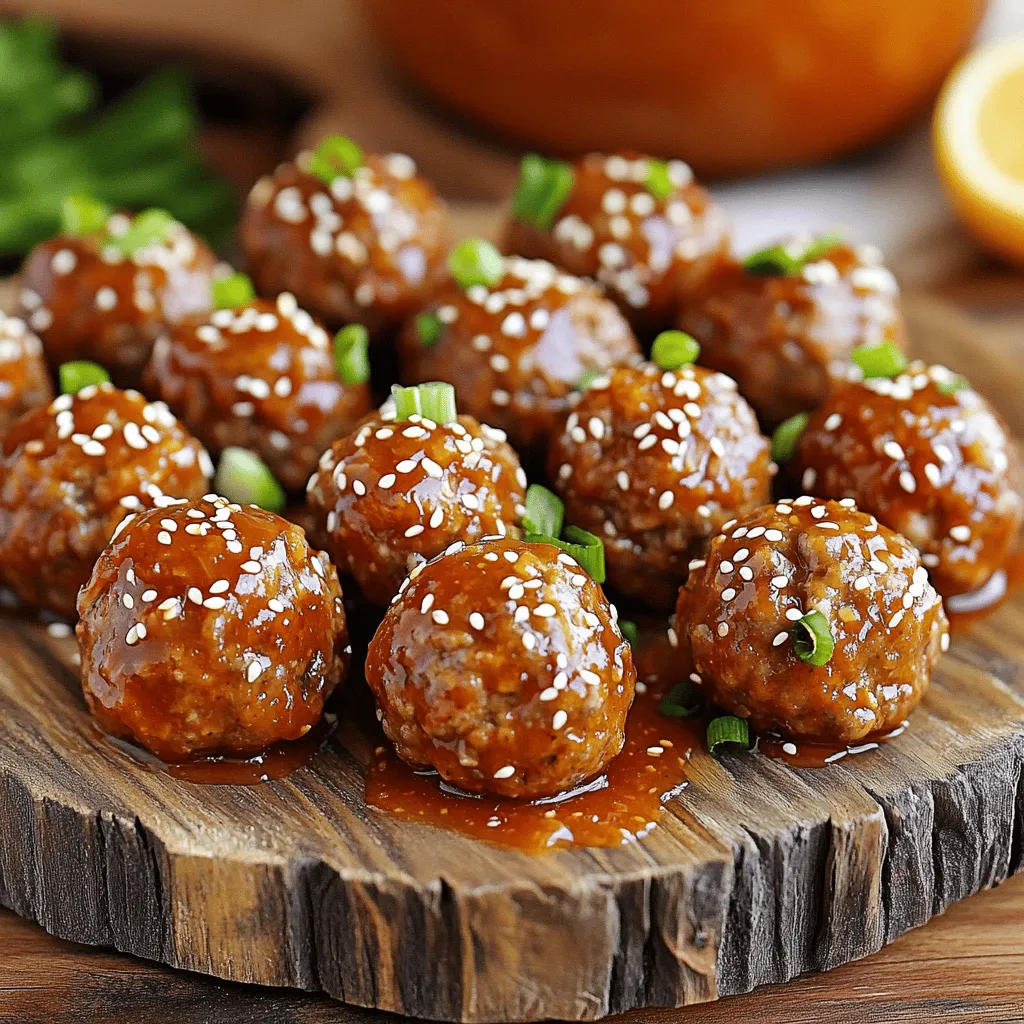
Sweet Chili Crockpot Meatballs Easy and Flavorful Recipe
Ready for a tasty dish that’s easy to make and packed with flavor? My Sweet Chili Crockpot Meatballs are the perfect choice! You’ll enjoy tender
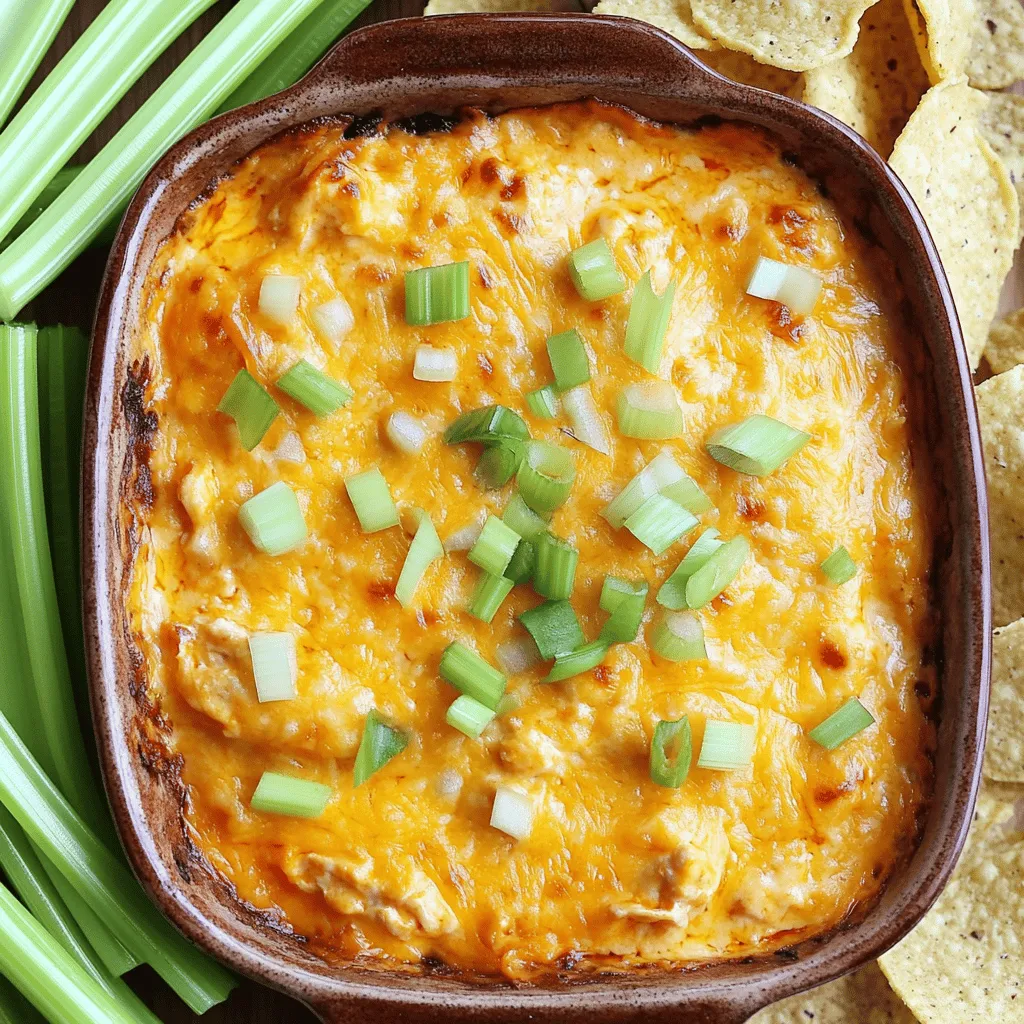
Buffalo Chicken Dip Rich and Flavorful Appetizer
If you’re looking for a crowd-pleasing appetizer, you’ve found it! Buffalo Chicken Dip is rich, creamy, and packed with flavor. Whether it’s game day or
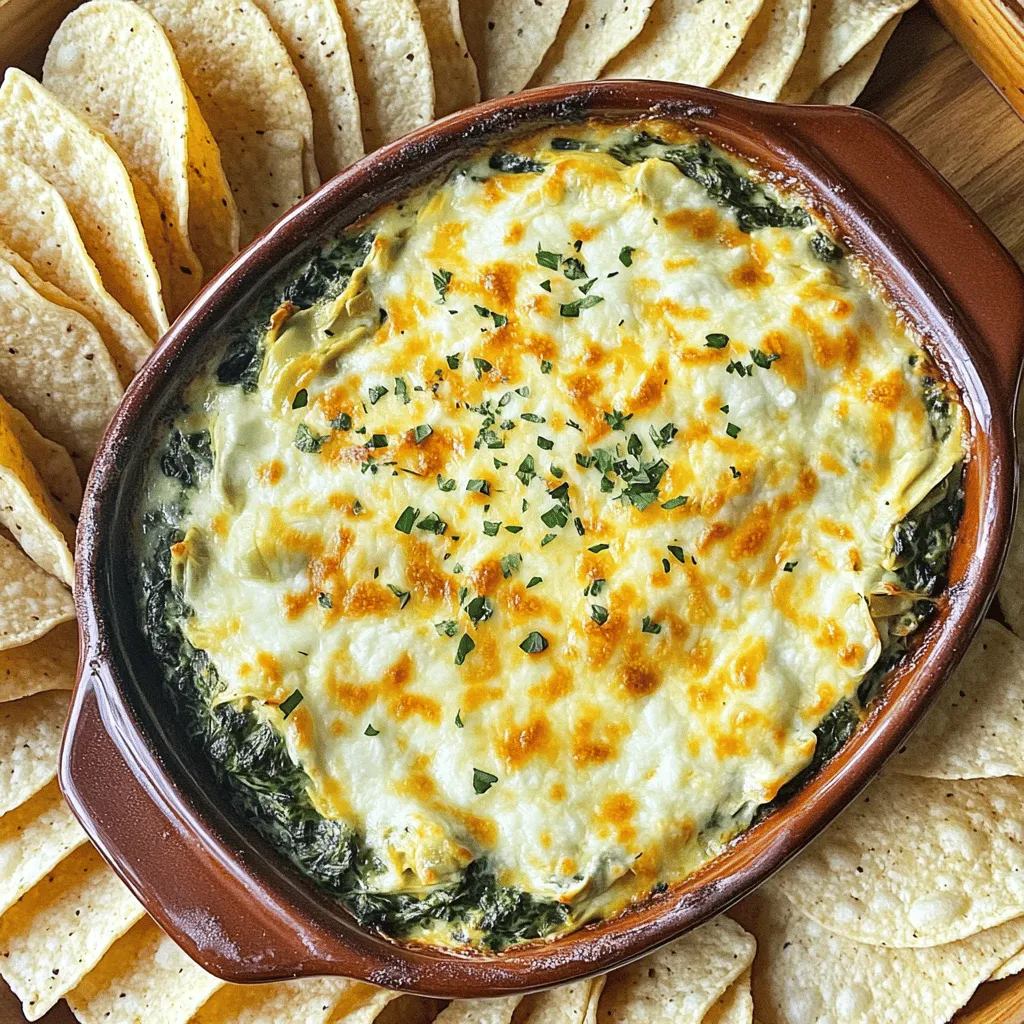
Cheesy Spinach Artichoke Dip Irresistible Flavor Fix
Get ready to wow your taste buds! In this post, I’ll show you how to whip up the perfect Cheesy Spinach Artichoke Dip. It’s creamy,
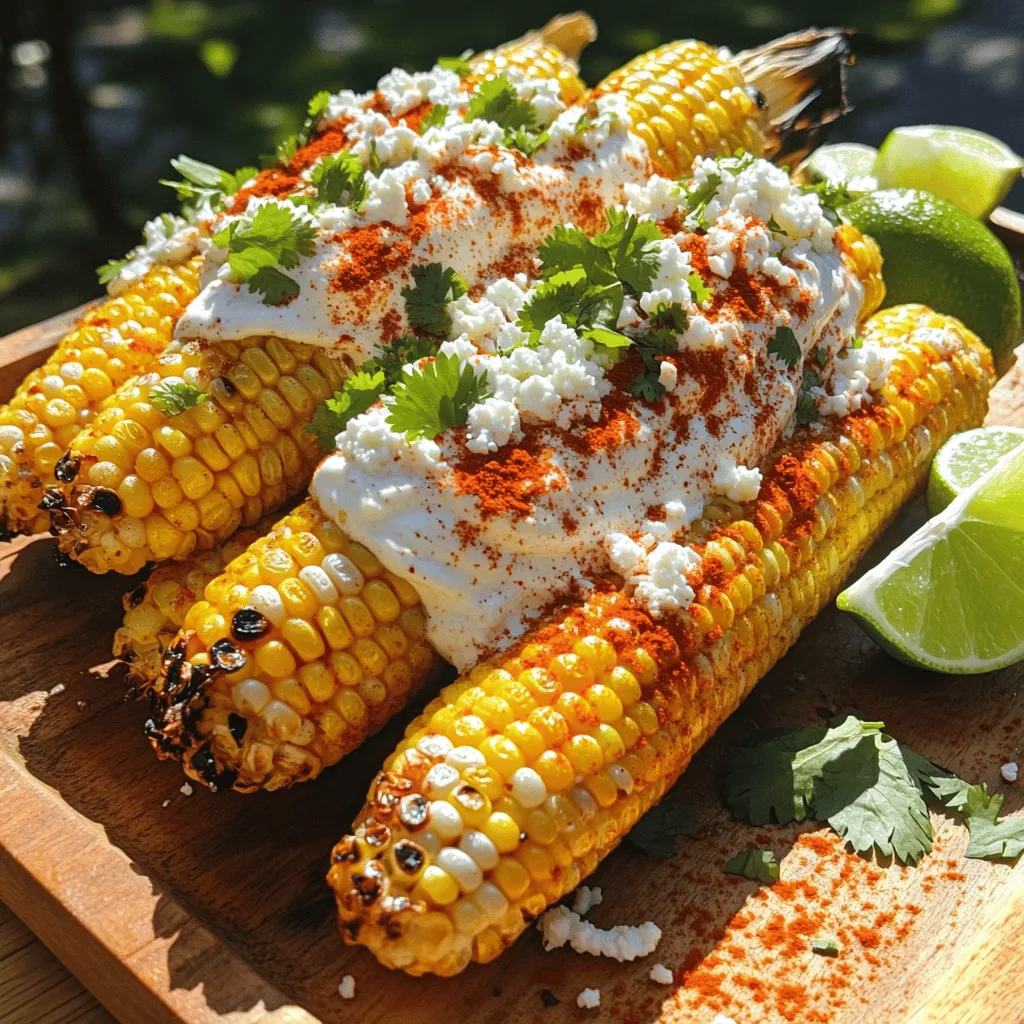
Elote Mexican Street Corn Easy and Flavorful Recipe
Do you want to bring the vibrant taste of Mexico to your kitchen? Elote, or Mexican street corn, is a fun and tasty dish that
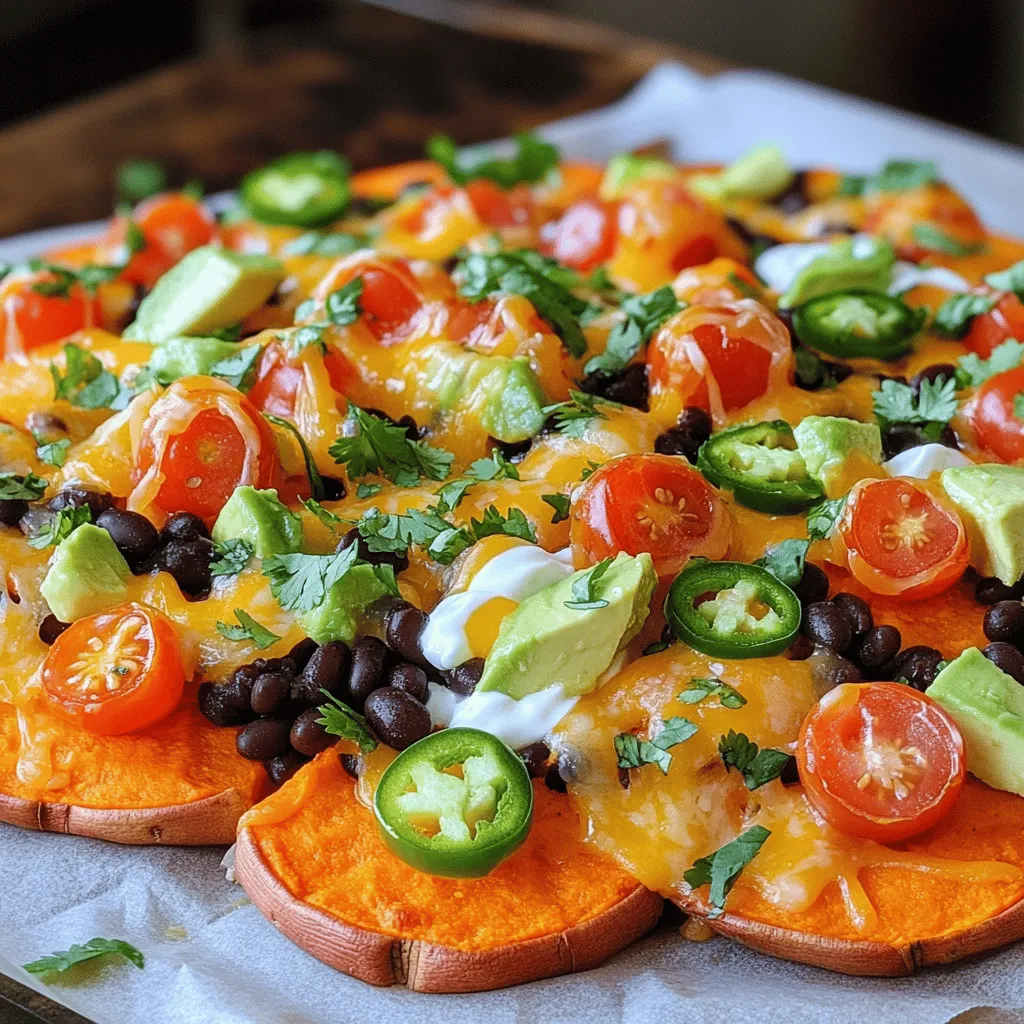
Loaded Sweet Potato Nachos Flavorful and Easy Recipe
Craving a tasty snack that’s both healthy and easy to make? You’re in luck! My Loaded Sweet Potato Nachos pack a flavor punch using simple
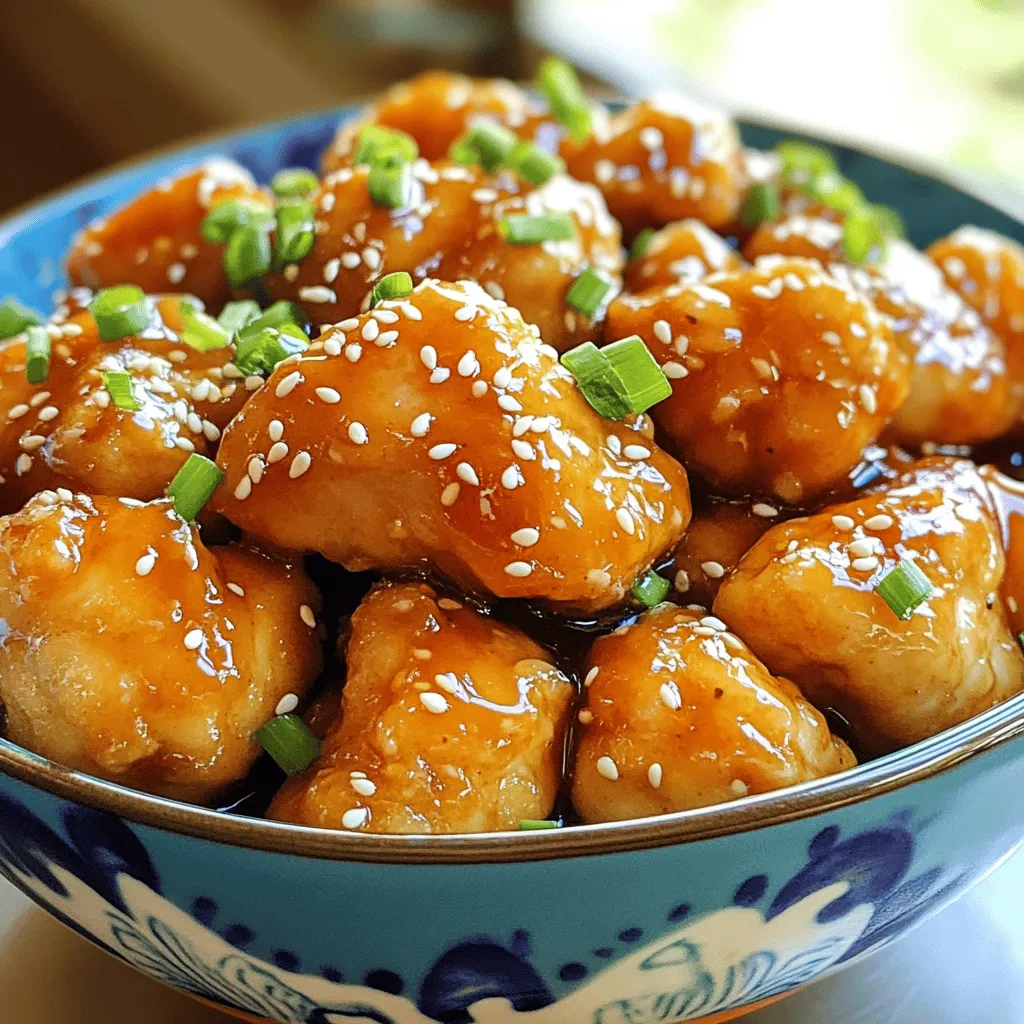
Honey Garlic Chicken Bites Tasty and Easy Recipe
Are you ready for a simple yet delicious meal? Honey Garlic Chicken Bites are your answer! This tasty dish mixes sweet honey and savory garlic
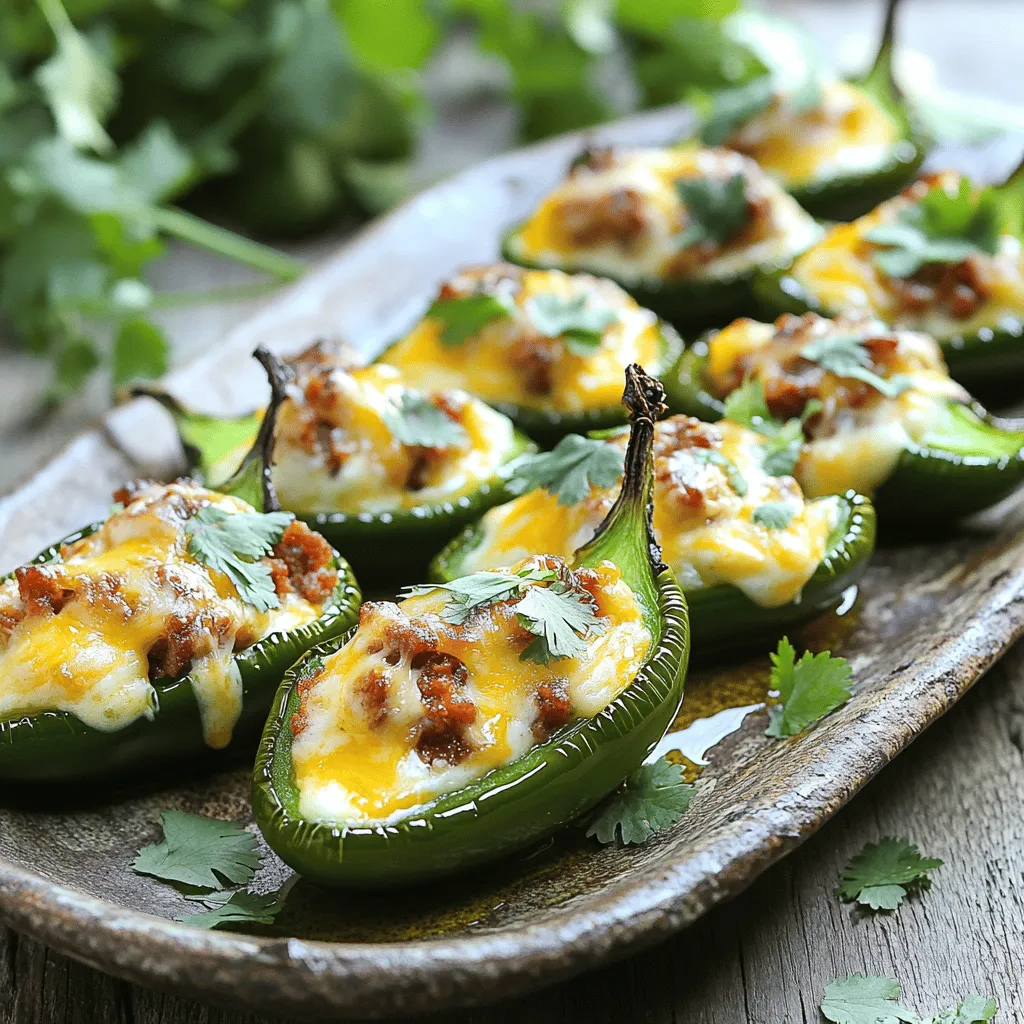
Cheese and Chorizo Stuffed Jalapeños Irresistible Bites
If you love bold flavors, then Cheese and Chorizo Stuffed Jalapeños are for you! These spicy bites combine the heat of fresh jalapeños with the
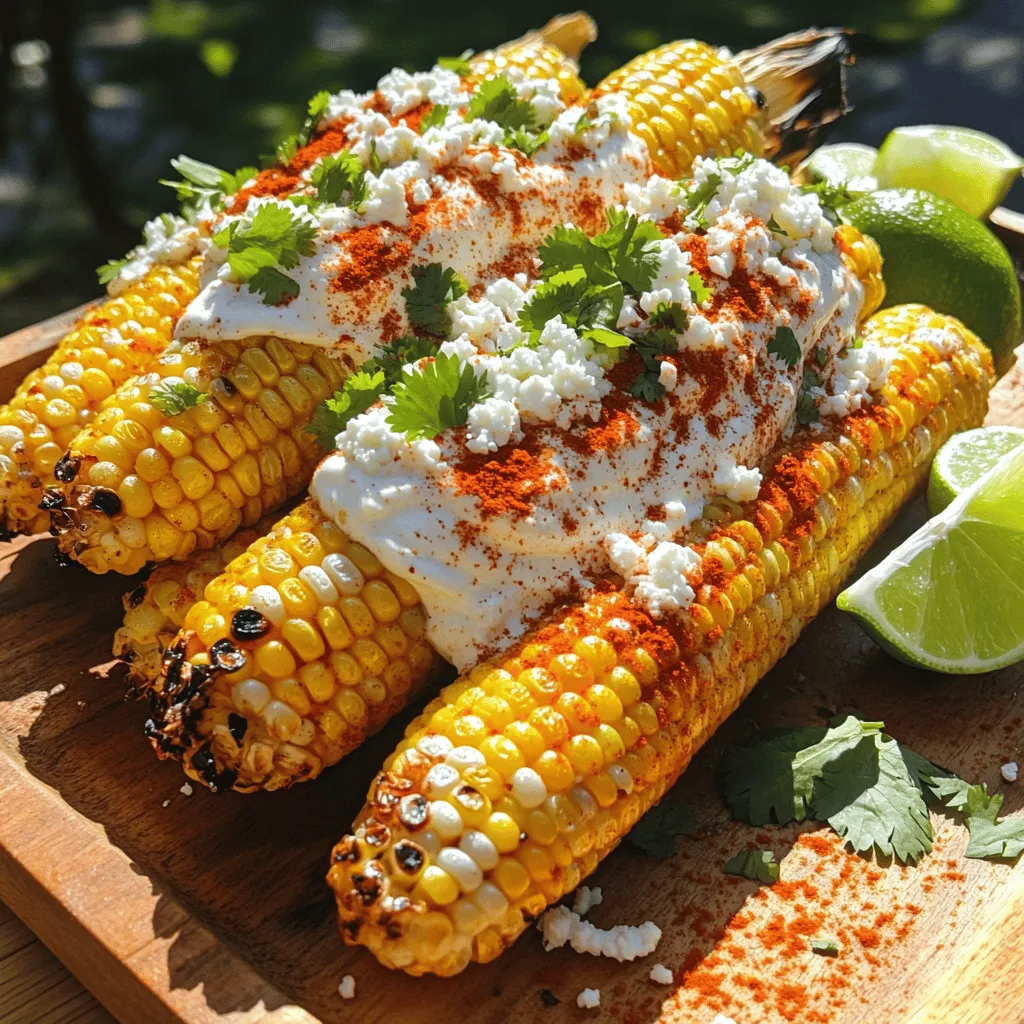
Elote Mexican Street Corn Flavorful and Fun Recipe
Are you ready to take your taste buds on a vibrant journey? Elote, or Mexican street corn, bursts with flavor and fun! It’s a popular